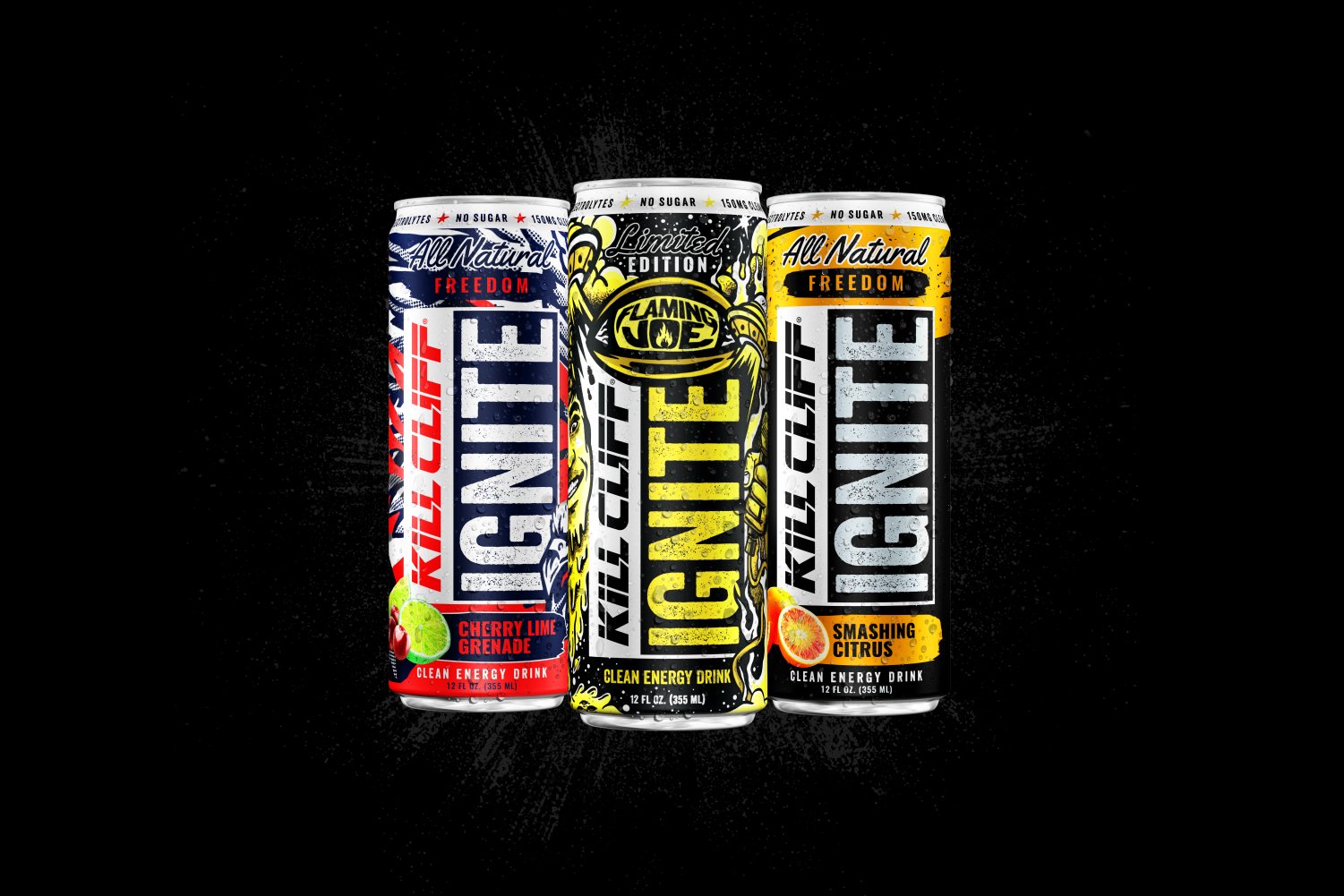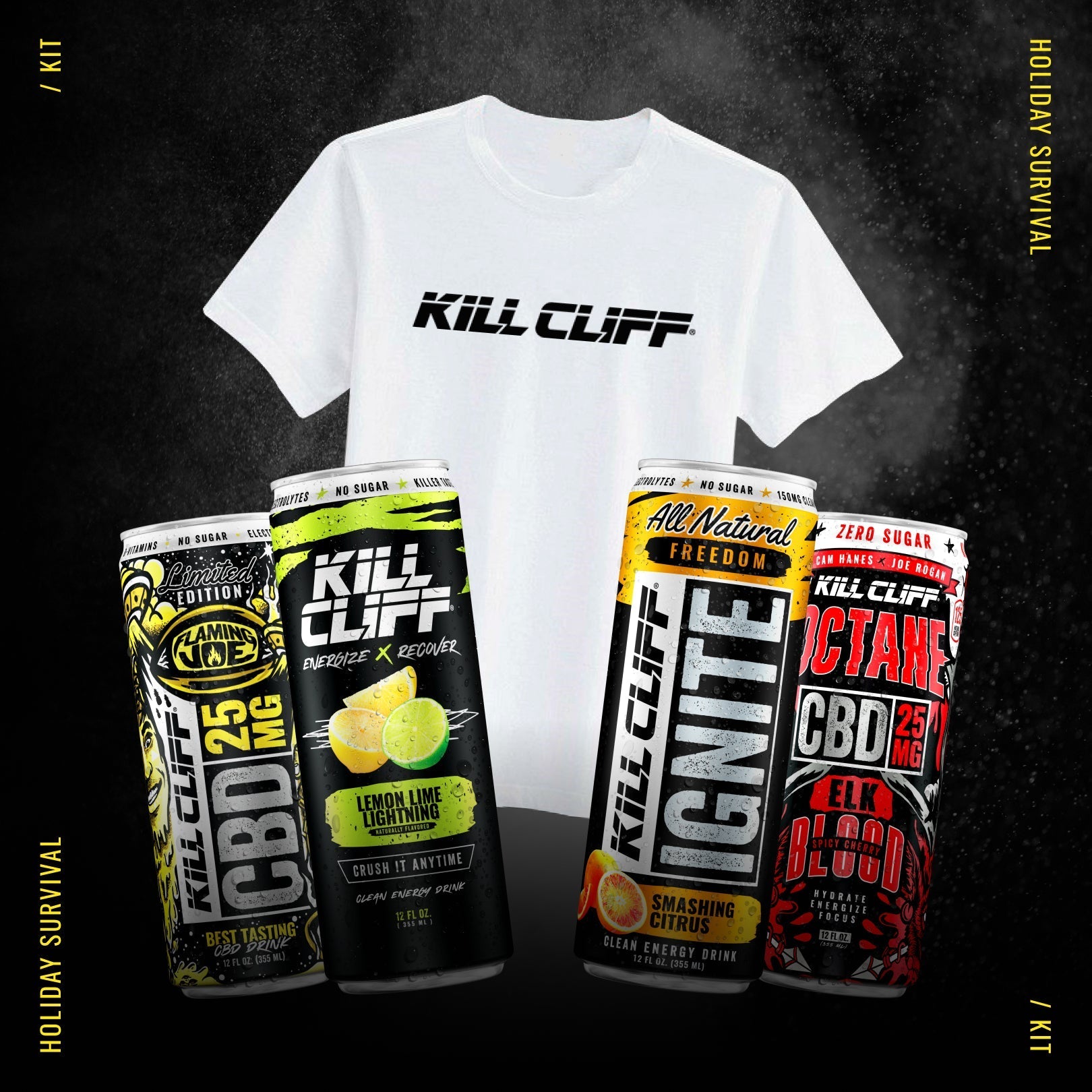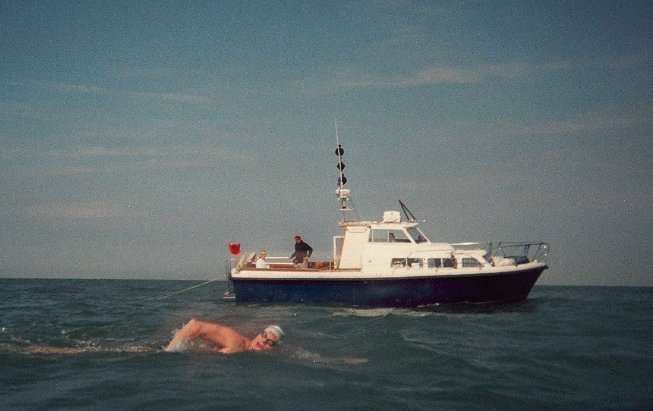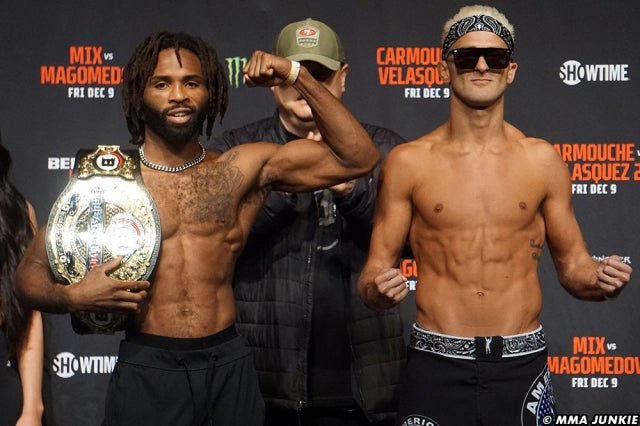
From the Air Force Academy to the Navy SEALs to swimming across the English Channel, John Doolittle has always been looking for ways to serve others. These aspirations led him to get involved with the Tampa Bay Frogman Swim, which benefits the Navy SEAL Foundation.
Read along as Doolittle describes his journey through the Navy SEALs and why he decided to swim across the English Channel.
KC: What led you to attend the Air Force Academy?
JD: Well, in the late 80s, you probably remember Tom Cruise in “Top Gun.” I was probably one of a million kids that saw that movie and said: "that looks cool, I want to go into the Navy." I didn't have good enough grades to get into the Naval Academy, but I was a swimmer and the Air Force Academy needed a swimmer for the type of events I did, so they pulled me in.
KC: What was the transition like from Air Force to the Navy to the SEALs?
JD: At the Air Force Academy, it was made pretty clear that if you weren't in the top 30% of your class, you were not going to undergraduate pilot training. I definitely was not in the top third of my class… I wasn't even in the top two-thirds of the class! I started looking at other options. I reached out to my dad and my swim coach Mike Troy. Mike was a former Navy SEAL and was kind of a mentor of mine. When I told him I wasn't going to be flying in the Air Force, I asked what other options I had. He said: "well, of course, you've got to go into SEALs." At that point, I didn't think it was an option being an Air Force cadet, but we kind of peeled that onion and turns out that is actually something you CAN do.
I couldn't enter the Navy and go directly into Naval Special Warfare though. I started in what was known as the EOD pipeline. That meant I had to become a hard-hat diver and learn how to drive a salvage ship. I spent a tour on the USS Safeguard (ARS-50) before BUD/S. I had to be fully certified in that part of the Navy before they would allow me to try and do a lateral transfer into a Naval Special Warfare. So, I kept trying, and I kept getting denied. Finally, in early ‘96, they said, okay, we'll let you go to BUD/S. So, I went to BUD/S and graduated in ‘96, went to SEAL Team TWO in Little Creek, Virginia and spent the next 21 years in the Teams doing a variety of things.
KC: What was your SEAL experience like? What were some of biggest takeaways from your time as a SEAL?
JD: I learned quickly that if a small group of people put their minds to something they can achieve it, and that it's not all about individual efforts. If there's anything that comes out of the experience, it's the realization that you cannot do it alone… and that being an individual can actually be counterproductive to the Team and the mission.
There is an individual aspect in your personal motivation which drives you. Everyone says it's more mental than physical. I believe that… if you don't have the appropriate mindset then you're more than likely going to fail.

KC: How did the idea of swimming across the English Channel come about? Have you always been a proficient swimmer or was that something you gained during SEAL training? Was there any additional training you had to do for the swim?
JD: I started swimming in high school as rehab for a basketball injury, but eventually got obsessed with getting better and better at it. I also swam in college. It absolutely it helped me through BUD/S.
Later on, I went to the Naval postgraduate school in Monterey, CA, and I felt like I needed to be doing something more while my Teammates were in Iraq and Afghanistan. I couldn't really put my finger on it, I just wanted to do something else to help other than going to school. For some reason, that bothered me.
Again, I reached out to Mike Troy and he suggested I do something I’ve always wanted to do that is difficult, and to do it in memory one of my Teammates who had have fallen in combat. So, I kind of thought about that for a bit.
Neil Roberts was our first SEAL to fall in combat after 9/11. We were at SEAL Team TWO together. I reached out to the UDT/SEAL Association and the Navy SEAL Foundation and asked if there was a need for somebody to raise money to help the foundation. The answer was a resounding “Yes absolutely, anything you can do to help with would be great.” So, that's what I did. I decided to swim across the English Channel and did it in memory and in name of Neil Roberts.
KC: How tough was the actual swim across the Channel? How did it feel to finally touch land?
JD: Like a lot of things in life, the swim across that body of water is very much a mental feat, almost more so than it is a physical feat. It's just a matter of getting over there and doing it. You really are at the mercy of the elements, weather patterns, and the tides.
It took a lot out of me emotionally and physically to get across. When we were about halfway across, the wind picked up and the tide shifted. The middle of the channel turned into a washing machine for two hours. I honestly didn't think I was going to make it across because I felt like I was going backward with the currents and the winds.
My dad, John Doolittle Sr., and a friend, Joe Walsh, were two guys in my pilot boat support crew, which was next to me as I swam. I looked over in the wind and the two of them are holding an American flag. I had no idea they were packing a flag on the pilot boat. Seeing that flag created a flood of emotions.
In this tough spot, I remembered the purpose. It wasn't for me, it was in memory of Neil, it was for raising money for surviving family members, and for the Foundation who was going to need a lot more money as the War continued. That realization in the middle of the channel - that it was about something much bigger than myself - helped me helped me power through.
There is a tradition after you complete the swim. You go to the White Horse Pub where there is a pint of Guinness waiting for you. You get to write your name on the wall and, if you did the swim for a cause, you write it down as well.

KC: You’ve been involved in the Tampa Bay Frogman Swim. How did you get involved with that?
JD: In 2009, a lot of us knew about SEAL Team 1 Lieutenant Dan Cnossen. He lost both of his legs above the knee in September of 2009. A group of us were discussing his situation and a Team Guy mentioned that we should try to raise some money for his family.
We all agreed on a day in January and it was going to be pretty darn cold. The air temperature was around 38 degrees that day. I was miserable, but everyone finished. It wasn’t soon after that swim that we realized that we had a really great experience and wanted to replicate it every year.
Financially, we wanted to blow it up a bit more every year. We also wanted to make it about more than just one person and make it about the surviving families of our fallen. There was a natural fit to link up with the Navy SEAL Foundation and have it where all of the proceeds of the swim go straight to the Foundation.
We’re to the point now where we've grown beyond Tampa Bay. We just had the eighth annual Tampa Bay Frogman Swim and the second annual Golden Gate Frogman Swim. In March, we’ll have the inaugural Texas Hill Country Frogman Swim and we’re also exploring swims in Chicago and Boston. Proceeds from all these swims go to the Navy SEAL Foundation for the purpose of helping families of the fallen. And I gotta use this opportunity to say thank you to your organization… support from Kill Cliff is absolutely essential to the continued success of this swim series!
KC: It looks like your sons have followed in your footsteps in the Tampa Bay Frogman Swim. How has it been sharing those experiences with them?
JD: We’re definitely keeping it in the family. My oldest son, Sean, has done the swim three times. My younger son, Ryan, did it as well this last time. I was really proud of Ryan during this last swim. He’s a basketball player, not a swimmer, so this was a real challenge for him. He hadn’t gone 300 yards of the 5-KM and was already shivering. I wasn’t sure if he was going to make it, but he didn’t quit.
It’s really hard for kids to not give up. That, as a parent, is one of the coolest things to experience… seeing your kid really struggling and then succeeding! So, to see Ryan finish that swim made me so proud. I’ve never seen him smile so much, he was so proud. Of course, our third child Meg, who is 11, wants to do it next year.

KC: What does Kill the Quit mean to you?
JD: I keep thinking of Ryan swimming the Tampa Bay Frogman Swim. Watching your son cold, wet, and miserable wanting to quit (or probably should have), but refusing to let themselves fail. That was pretty incredible. Winners never quit and quitters never win.
Do you know someone that you think would be a good addition to the Kill Cliff Warriors? Email connor@killcliff.com and let him know!








